- The 2021 AAHA Guidelines1 confirm spay & neuter are primary risk factors for obesity in dogs and cats.
- Because spayed and neutered pets have lower energy requirements that call for decreased calorie consumption, they are at higher risk for obesity.2–4
- After being spayed or neutered, dogs are at twice the risk of becoming obese5, and cats are at more than triple the risk.6
- Pairing client education with your nutritional recommendations can empower clients to take an informed, proactive approach to supporting their pet’s health.
- Take a proactive approach to weight management with VETERINARY HPM Spay & Neuter Diets
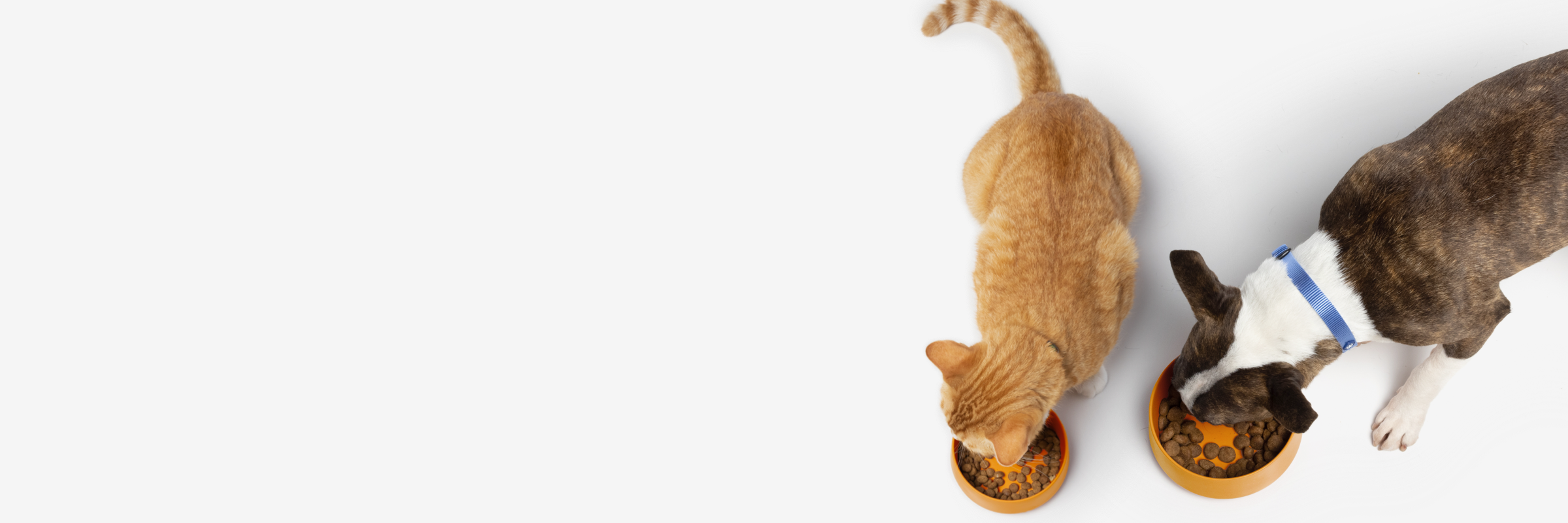
VETERINARY HPM® Tailored Nutrition for Spayed & Neutered Pets
VETERINARY HPM® Tailored Nutrition for Spayed & Neutered Pets
Nutrition is central to the health of canine and feline patients and should be an individualized part of every patient’s wellness plans. We are honored to apply our expertise — built from more than 30 years in pet food and more than 50 years in animal health — to addressing the specific nutritional needs of spayed and neutered dogs and cats.
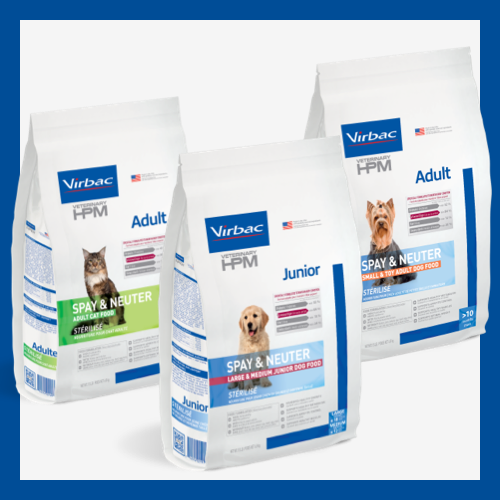
![B2B_0.0_HPMDifference_250x250.png]() EXPERIENCE THE DIFFERENCE
EXPERIENCE THE DIFFERENCE
Our pet food offers carefully balanced nutrition specifically designed to address the permanent metabolic changes pets experience after spay or neuter.
Simplify your post procedure nutrition recommendation with nutrition that supports appetite control and a healthy metabolism.
-
Our Junior diets are for puppies and kittens who have been spayed or neutered but are not yet fully mature.
-
Switching to an adult formulation too early may deprive puppies or kittens of nutrients necessary to development.1
-
Junior growth diets support healthy growth and development while avoiding excess calories.
-
-
Adult diets support appetite control, a healthy metabolism and optimal weight.
-
The packaging for each adult formula includes clearly defined feeding guidelines, customizable for pet weight, activity level and body condition.
-
|


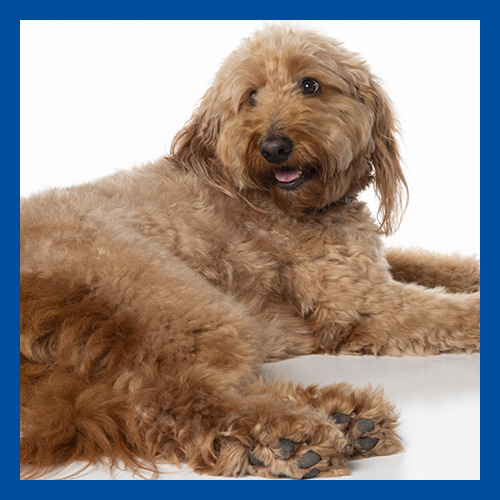
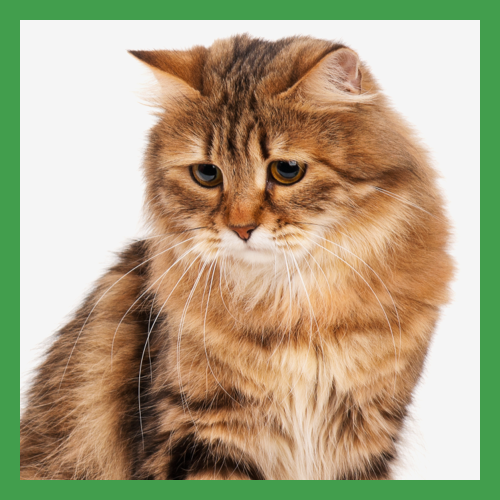
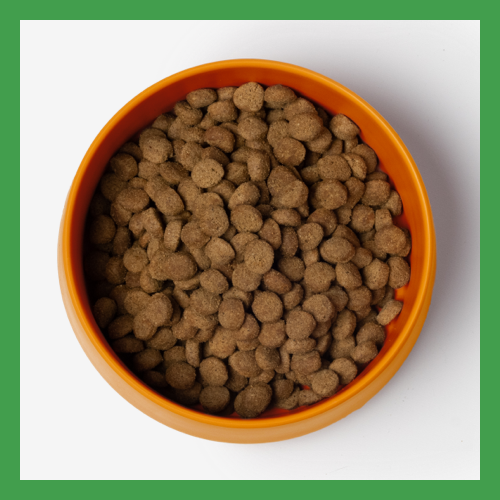
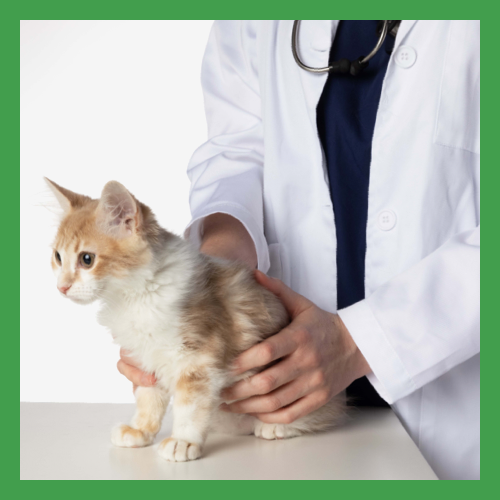 EXPERIENCE THE DIFFERENCE
EXPERIENCE THE DIFFERENCE